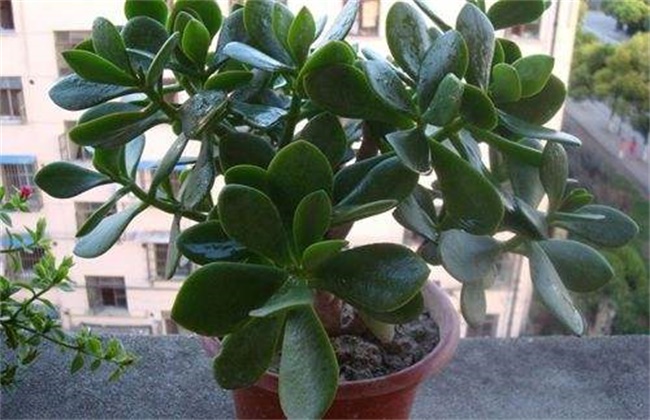How to identify the quality of original species of Edible Fungi
1. Mushrooms. The hyphae are white, slightly blue, fine velvety, adnate and evenly distributed from top to bottom, without fan-shaped variation, without yellow-white fungus skin, with unique mushroom fragrance. The hyphae in the culture medium are thin and shallow or fasciculate, the hyphae are pale yellow, atrophied or invisible, and the contents are pasty because of excessive moisture or aging of the strain; the hyphae in the upper part of the substrate are dried and contracted, and the hyphae in the lower part grow well, which is caused by the over-drying of the medium and the over-high culture temperature; the strain with too thick bacterial coating in the upper part of the bottle is aging or poor production performance; white, light yellow clumps or green, yellow, black or orange mold colonies and pests in the bottle shall be eliminated.
2. Mushrooms. Mycelia white cotton hair shape, uniform growth with a unique fragrance, no thick coat, easy to form a primordium, disease and insect resistance for excellent strains. The hypha in the bottle is sparse, sawdust particles can be seen, because the culture time is insufficient or the substrate nitrogen source is less, the hypha in the bottle falls off, shrinks, and the strain is browned. It should be used as soon as possible.
III. Pleurotus ostreatus. Mycelia dense, white, stout cotton wool, climbing wall phenomenon. If hyphae are sparse or bunchy, the medium is too wet; hyphae grow slowly or do not grow downward, the medium is too dry; a large number of primordia appear in the bottle bag, which is too old; hyphae peel off the wall, atrophy, yellow effusion at the base, which is an aged strain; mold spots, antagonistic lines and wet spots appear on the surface or bottle wall, which are contaminated strains.
IV. Fungus. Mycelia white, strong, fast growth, neat and uniform, for the good character of the strain; culture for a period of time, bottle wall appears chrysanthemum colloid primordium, brown or black brown, for the normal phenomenon. If hyphae are sparse, medium particles can be seen, similar to the reasons for mushroom species, the primordium appears before the hypha is full, indicating excessive physiological maturity, or more tube transfer times; there is pale yellow liquid at the base for over-aged species; hyphae are only limited to a corner growth, no longer spread is related to the humidity of the culture medium.
5. Tremella. Tremella hyphae and ash hyphae proportion is appropriate, in the culture medium to form a "white hair mass" or colloidal ear base, bottle ash silk growth robust, uniform, and can produce black spots, later in the ear base was bunched distribution, no other miscellaneous spots, Tremella hyphae eat deep, thick distribution in the ear base, white hair mass exuberant, ear base is large, it is an excellent strain. Such as white hair group is small, easy to gelatinize, indicating that the strain has aged; Fragrant gray fungus sparse, not deep into the matrix, fruit body is gelatinous or spiny, do not open, for the culture medium is too wet; surface hyphae fade, ear base red, and there are reddish brown effusion related to mite pollution; medium surface has a very thin film, the lower part still has Tremella primordium, indicating that the strain is not pure.
6. Flammulina velutipes. Mycelia white, stout or appearance was fine powder; strong vitality, late in the medium was clustered on the small body, for excellent strains. If hyphae cannot grow down deep. And there is an obvious limit related to too wet culture medium; hypha sparse, may be related to insufficient nitrogen source content in the culture medium or decline in strain life; if the bottle wall appears fruiting body, the stalk extends out, indicating that the culture medium shrinks and the hypha is aging; if the bottle is mucilaginous, it is bacterial pollution.
7. Monkey King. Mycelia white, robust, fast growth, uniform distribution, easy to form fruiting body on the surface of the medium, hypertrophy, thick meat, for excellent strains. The sawdust in the culture medium turned pale yellow, and the hyphae did not grow vigorously, which was related to the lack of organic nitrogen or the short culture time; the hyphae did not appear in the semi-primordium, which was related to the continuous tube transfer; the hyphae were sparse; thin and uneven in distribution, which was easy to infect miscellaneous bacteria, which was the expression of vitality decline; the culture medium contracted, and the bottle bottom was full of yellow mucus, which was the aging strain.
Related
- Fuxing push coffee new agricultural production and marketing class: lack of small-scale processing plants
- Jujube rice field leisure farm deep ploughing Yilan for five years to create a space for organic food and play
- Nongyu Farm-A trial of organic papaya for brave women with advanced technology
- Four points for attention in the prevention and control of diseases and insect pests of edible fungi
- How to add nutrient solution to Edible Fungi
- Is there any good way to control edible fungus mites?
- Open Inoculation Technology of Edible Fungi
- Is there any clever way to use fertilizer for edible fungus in winter?
- What agents are used to kill the pathogens of edible fungi in the mushroom shed?
- Rapid drying of Edible Fungi



